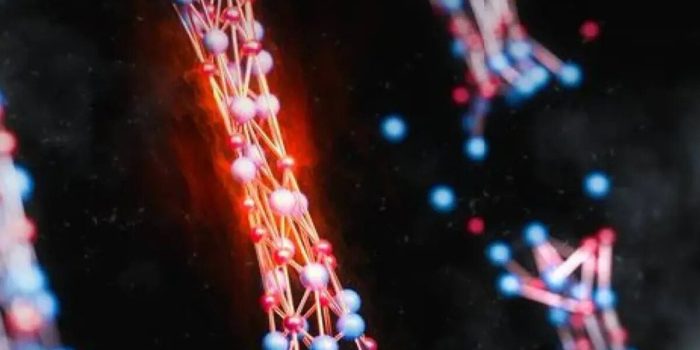Researchers at Delft University of Technology have made a new material. It’s way stronger than Kevlar, almost as strong as graphene and diamonds. Kevlar is really good at not getting worn out. People use it in things like body armor and helmets. The new stuff is called amorphous silicon carbide (a-SiC). It can do more than just protect. It’s good for making super-sensitive microchips.
“To better understand the crucial characteristic of “amorphous”, think of most materials as being made up of atoms arranged in a regular pattern, like an intricately built Lego tower,” explained assistant professor Richard Norte who led the new work.
“These are termed as “crystalline” materials, like for example, a diamond. It has carbon atoms perfectly aligned, contributing to its famed hardness.”

Think of regular materials like Legos in a tower. They’re all lined up in a pattern. This is called “crystalline,” like a diamond. It’s hard because the atoms are all in order. But amorphous stuff doesn’t have an order. It’s random. But it’s not weak. In fact, amorphous silicon carbide is super strong, 10 GigaPascal (GPa) strong.
To understand how strong that is, imagine pulling on a piece of duct tape until it breaks. To get the same strength as 10 GPa, you’d need to hang about ten medium-sized cars end-to-end on that strip, and then it might break.
“To grasp what this means, imagine trying to stretch a piece of duct tape until it breaks. Now if you’d want to simulate the tensile stress equivalent to 10 GPa, you’d need to hang about ten medium-sized cars end-to-end off that strip before it breaks,” said Norte.

This material also works well for microchips. It can isolate vibrations, which is important for microchip sensors. To study this, the researchers used a method with a microchip, which gave them very precise results. They grew the amorphous silicon carbide on a silicon base and tested it. The material held up even with high forces because of its tiny strings.
This new material can be made in larger quantities, unlike graphene and diamonds, which are expensive and hard to make. So, it has a lot of uses, like space tools, DNA sequencers, super-sensitive microchip sensors, and solar cells.
“With amorphous silicon carbide’s emergence, we’re poised at the threshold of microchip research brimming with technological possibilities,” said Norte.


